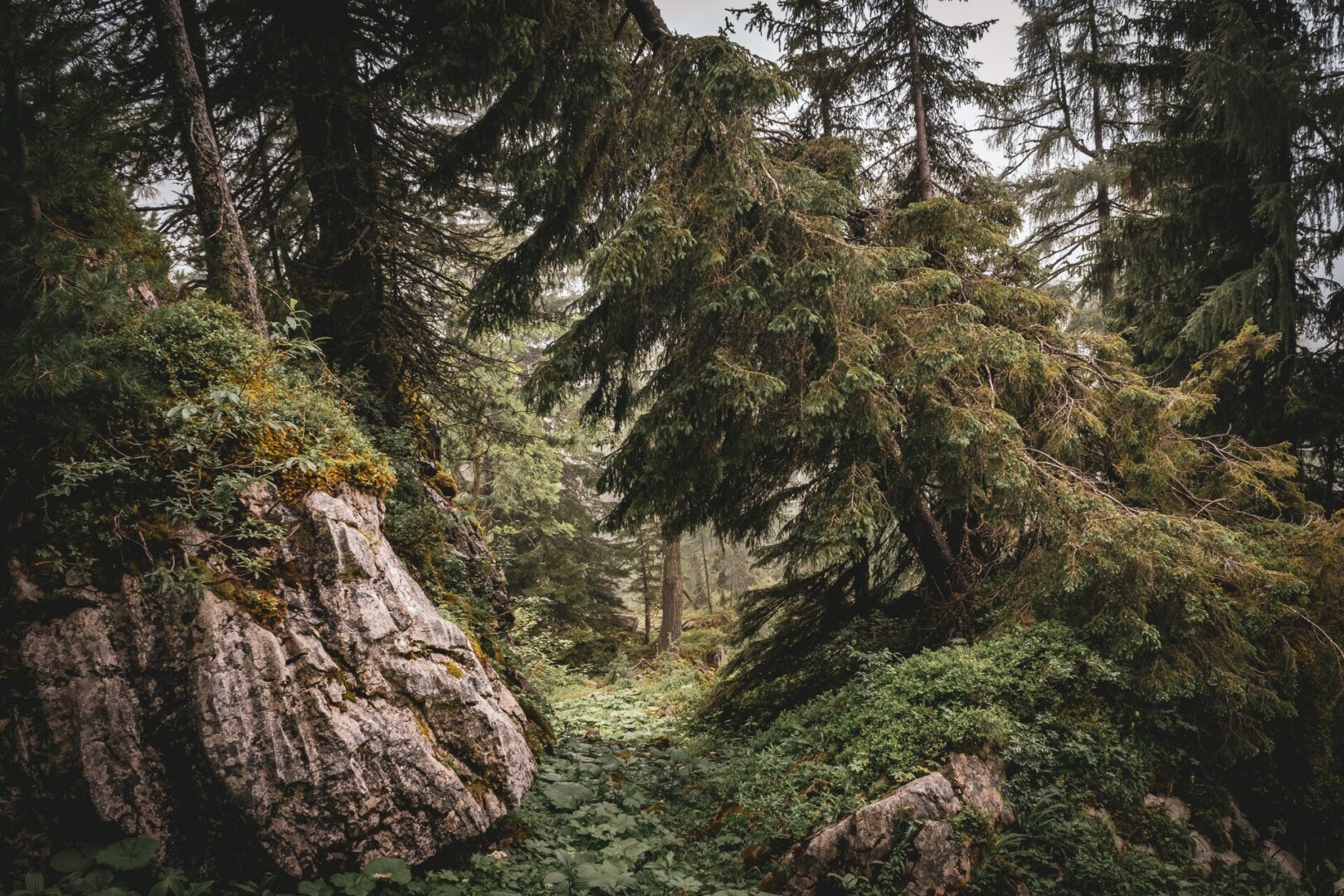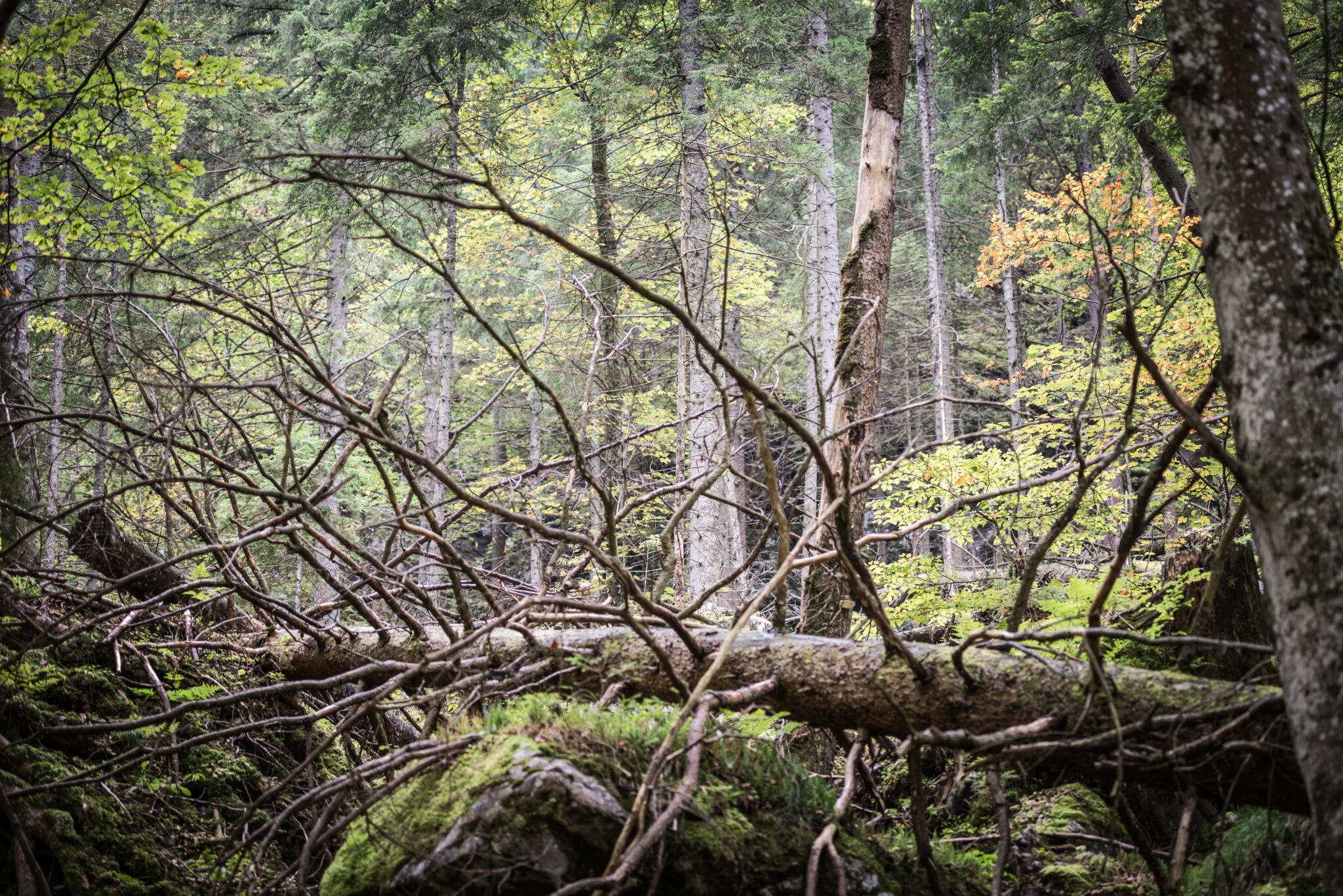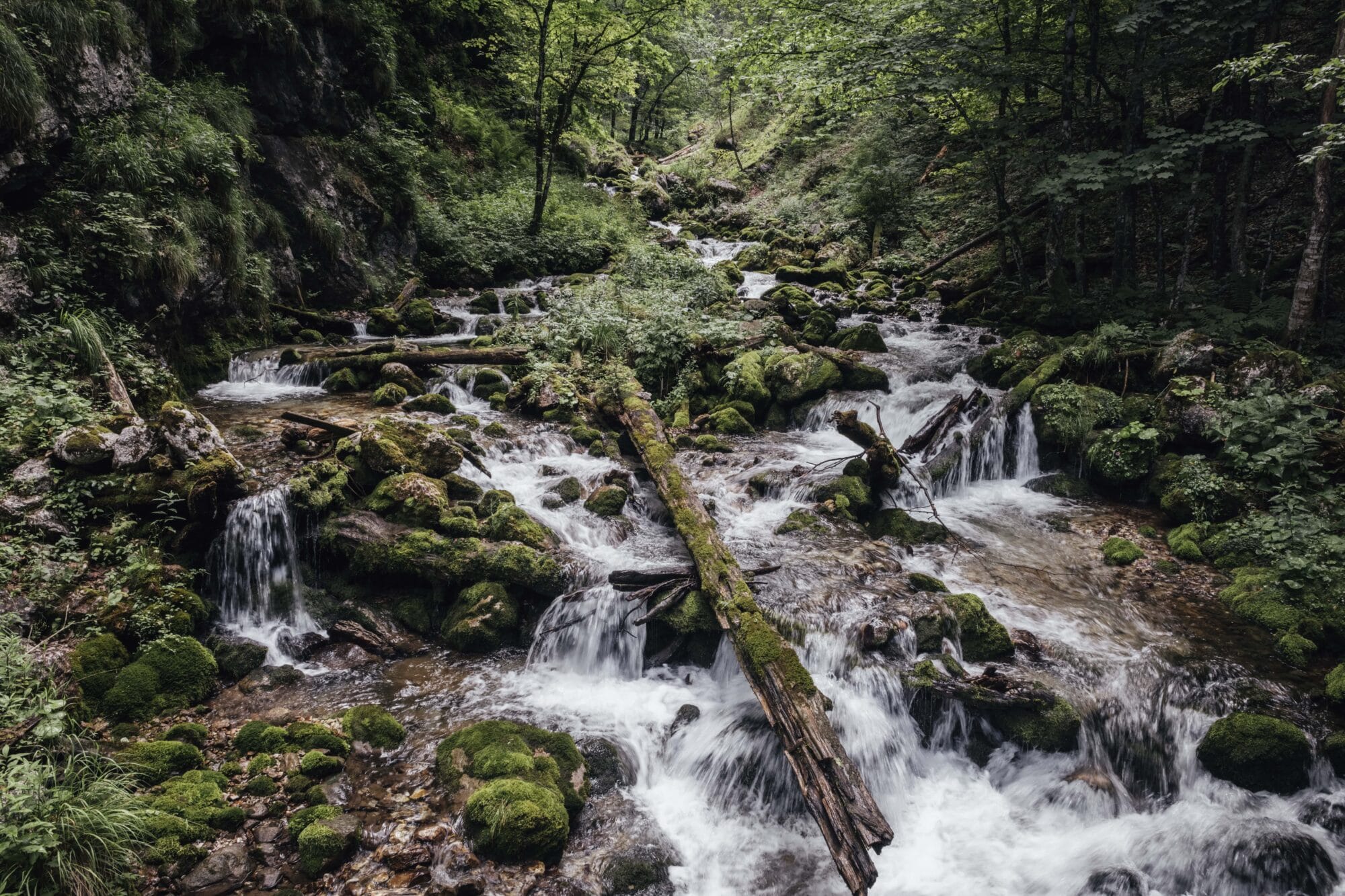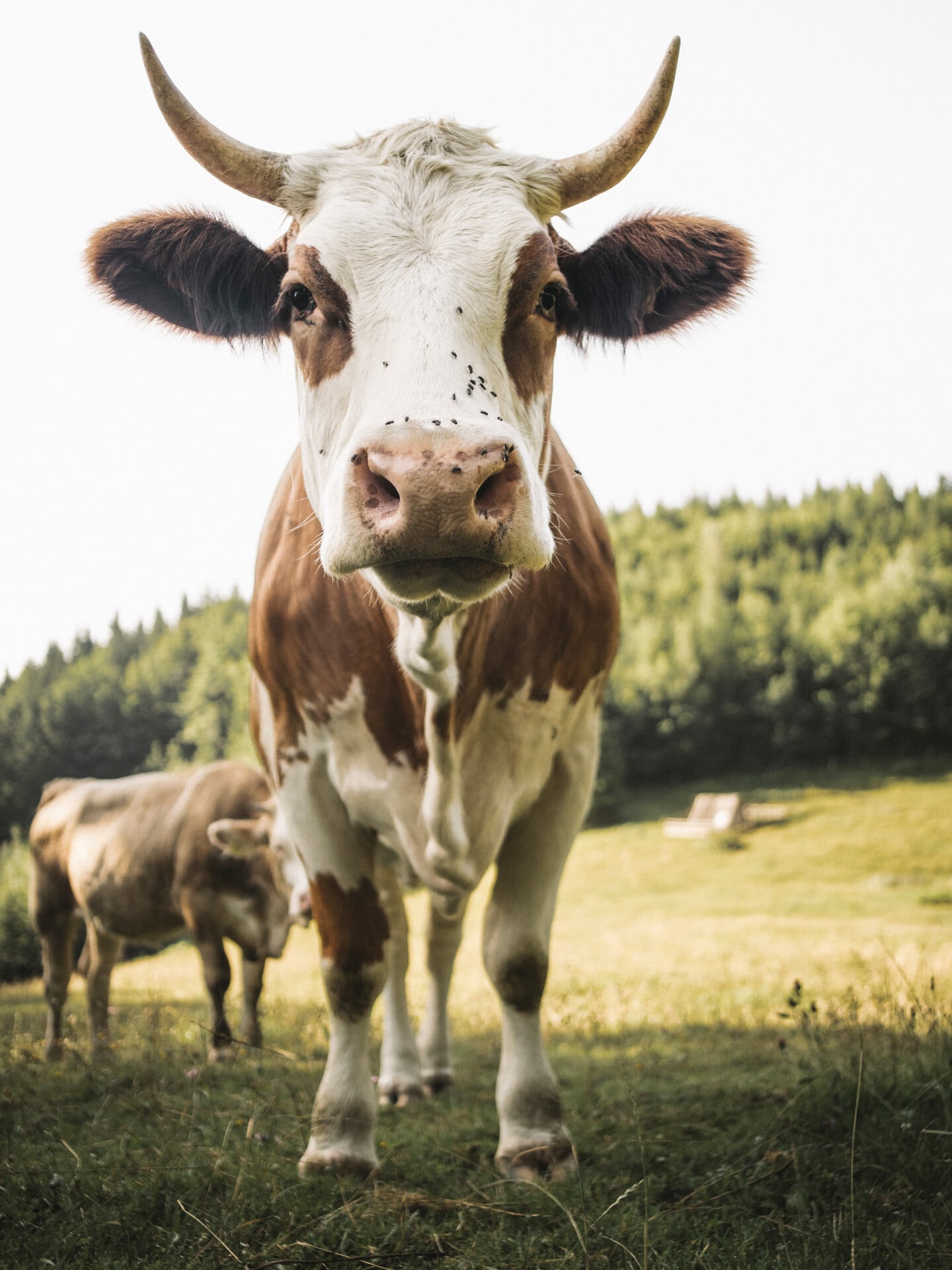


The Gesäuse National Park is a gem of biodiversity, both floral and faunal, as it contains a variety of ecosystems from wetlands and wild water torrents to alpine meadows, vast woodlands and rock faces. Some of them are at an altitude of 500m while others reach up to 2369m, some are wet and dark, others dry and sunny. Due to the rich diversity of habitats uncountable plants and animal species have found their home in the Gesäuse.
into the woods
The forest is more than a collection of trees: it is one of the most diverse habitats. Trees, shrubs, herbs, mosses, fungi and lichens grow there. It is a habitat that is characterized by variegation and home to numerous animals and plants which often live in co-dependence.; the higher the variegation of a wood, the higher the diversity of species inhabiting it. The best case scenario, is a forest with all tree species typical for the location of different age groups, from sprouts to dead wood. There are some areas in the Gesäuse National Park in which we still assist but in general the ecosystem develops freely and unrestrictedly.

more than stones
The rugged limestone peaks are a distinctive feature of the Gesäuse National Park and even though they seem to be harsh and inhospitable, they are the habitat of numerous animals and plants. However, temperature fluctuations, a high velocity of wind and extremely icy winters in addition to water and nutrition shortages ask for a high level of adaption. The weathered rock which is riddled by numerous gullies reaches down to low altitudes and provides a habitat for both, high alpine plants and heat-loving ones. All of them are equally adapted to this environment.

wild water
Water is everywhere, omnipresent and the basis of all life. Torrents, rivers, lakes and wetlands are the natural habitat of a multitude of plants and animals. At first glance one might assume that the only aquatic habitats of Gesäuse National Park are the rivers Enns and Johnsbach and their undeveloped shores, which are extremely valuable habitats, but there is more. About 650 springs, lake Sulzkarsee and 115 ponds can be found in the karstic area and are home to countless creatures.

part of the landscape
Alpine meadows have been part of the region’s breath-taking scenery for as long as we can remember and are of importance not only for agriculture, but also for culture and tourism. Despite, or maybe because of, human induced cultivation these areas are rich in biodiversity. Consequently we continue to cultivate the alpine pastures in the traditional manner, which has been handed down from generation to generation. Additionally, specific management plans for the preservation areas were implemented.
